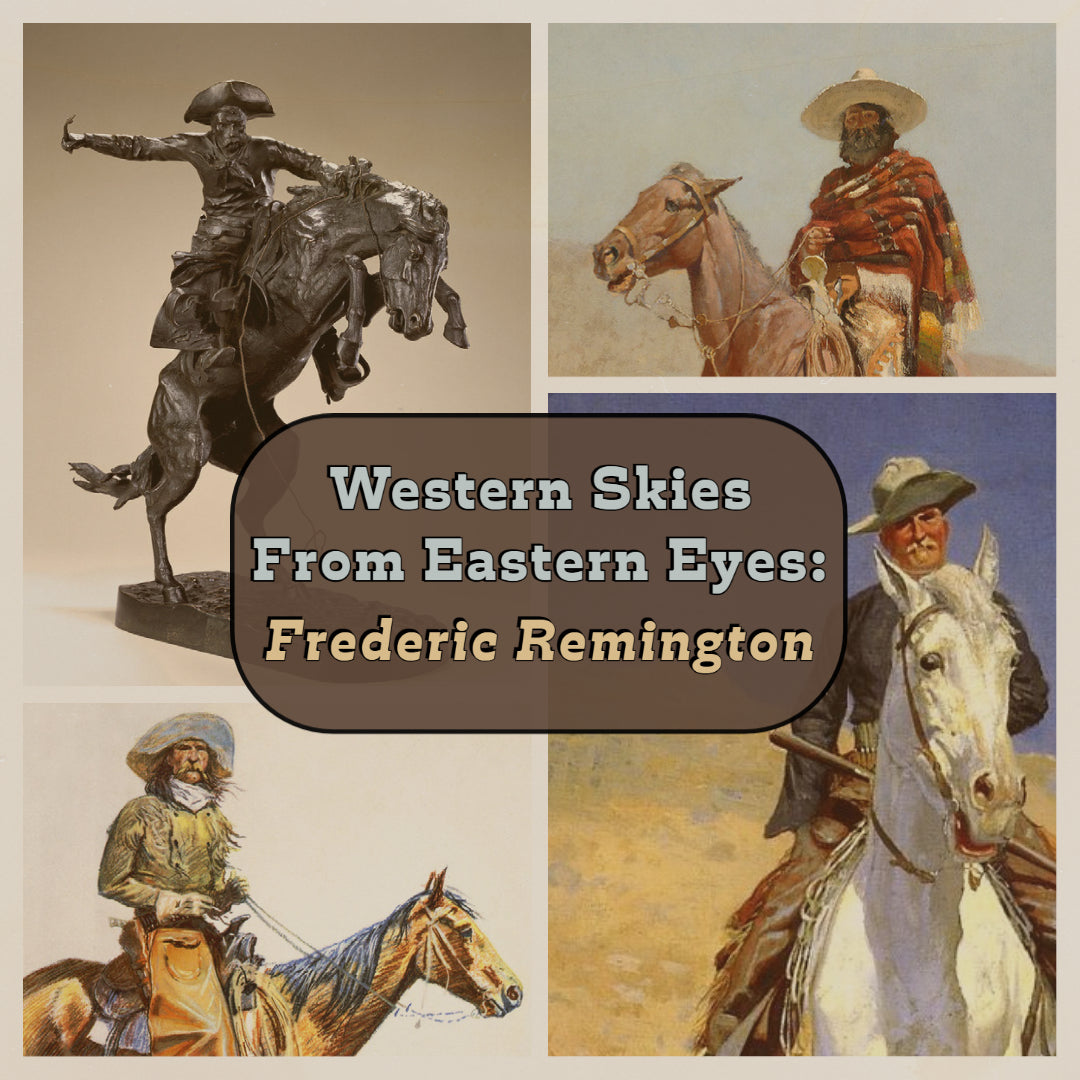
Western Skies From Eastern Eyes : Frederic Remington

The Bronco Buster, a bronze sculpture of a cowboy riding a rearing horse. This sculpture and the history behind it plays an important role in the creation of the world’s idea of the Old West. It is the first in a series of sculptures depicting subjects and scenes from the Old West. Whether it be a group of cowboys riding through a field, a Native American riding a galloping horse, or a trapper climbing down a mountain, each piece is full of action. One may think these scenes of Old Western life were cast by someone who lived primarily in the Western United States; however, the man behind this art was an Easterner. A man from Upstate New York whose fascination for the West led him to become one of the most known Old Western artists.
Frederic Remington, born in 1861, was the son of hardware store owners from Upstate New York. His father was a Civil War Colonel who, after the war, briefly had a job as a newspaper editor. Other members of his family were artists and saddlemakers. Due to his family’s background, he had a love for art at an early age. Frederic attended a military school as a child where he took his first formal art classes.
Growing up, Frederic wanted to be an artist, but his main career goal was to be a journalist. He didn’t believe he could make a living as a full time artist.
Remington traveled out west for the first time at the age of nineteen. There he had a chance to see the West as it was before it left its prime. While out west, Frederic had a few failed business ventures. He lost most of his money and his wife left for home on the East Coast. To survive, Remington began trading his art for essentials.
After a period of time selling his paintings to locals, he believed he could make art his full time career. Remington moved back to New York where he enrolled in art school to refine his technique. Despite losing his inheritance and almost all the money given to him, his Uncle provided him with enough money to support his family and continue his career as an artist.
Remington began submitting his work into newspapers, such as Harper’s Weekly. At the time, newspapers were becoming increasingly popular out west. Remington’s Western themed works became of interest to these newspapers. A point to note is that these newspapers were from the East. His work was seen as authentic and credible because he had spent some time in the West, although being an Easterner himself.
Remington’s first commercially published piece was a redrawing of one of his previous sketches. This started his relationship with Harper’s Weekly where the first cover art under his name was published in January of 1886.
Frederic initially illustrated his work in ink to allow it to be commercially published. He added watercolor to these images and began to sell them in exhibitions. The following year, in 1887, he was commissioned to create illustrations for Theodore Roosevelt’s book and featured in The Century Magazine. Following the publishing, Remington began to gain more recognition for his work. The National Academy of Design exhibited his oil painting Return of the Blackfoot War Party. He was then chosen by an American committee to represent American painting at the Paris Exposition.
Remington was commissioned on several occasions to cover wars, such as the Spanish-American War and Spanish Civil War, as well as life in the Old West. Working as a correspondent for these magazines, he would often have both his artwork and reports published together.
As Remington became more successful, he took on a persona reminiscent of a cowboy or Westerner. Through his paintings, writing and way of speaking he portrayed his “ideal” self to the public. He did not entirely fabricate his persona, but he filtered and tweaked it in his favor. This persona allowed him to be seen as a legitimate source to Americans back East.
Remington had a strong fascination with the Old West and admiration for the people that lived there. He was initially looking at the Old West through rose-colored glasses, a place where the scenes from his childhood imagination took place.
Remington’s artwork presented a mythic version of the true Old West to Americans back east. This idea of cowboys as heroes of the west, has lasted into the present day.
He viewed both his cowboy and military subjects as heroes. Remington’s view of war initially was skewed by the stories told by the people involved. A sanitized version of historical events where one side is the “hero.”
As he still wanted to be a war journalist, he was anticipating war so he would have more content. In 1898, on assignment during the Spanish-American War, Remington saw the less heroic side to war. His focus of the events in war shifted from the generals to the troops’ experiences of the horrors of war.
Remington, just like many Americans before and after him, had a skewed view of war. The realities he faced as a war-correspondent changed his perception of war and heroism.
Remington’s work walks the fine line of fiction and journalism.
When traveling, he used a camera for documentation rather than art. He also sketched and took notes of the life taking place around him as he traveled throughout the West. On his trips, Remington collected various items and other pieces of artwork used to create his art when he returned home.
Remington painted his pieces using these objects at his studio. These scenes were not taking place in front of him in real time. He was simply drawing inspiration from what he saw out west and the documentation he collected. His written works were mostly that of fiction, influenced by the life and culture of the West.
While his depictions of the Old West may not have been completely accurate, Remington’s work became historically important. His paintings and sculptures illustrate scenes of the Old West that many were not able to witness. Remington’s art allowed readers in the Eastern US to see what life was like in the Old West, to see its beauty and at times, tragedies. It provided insight into a life and culture many Americans would never be able to experience.
Remington produced 22 sculptures in total. Most of these works were based off of his previous drawings and paintings. He began casting sculptures in 1895 after fellow artist, sculptor Frederick Ruckstuhl, helped him learn the art.
The Bronco Buster was his very first, followed by The Wicked Pony, The Scalp, and The Wounded Bunkie. His sculptures were initially cast using the Sand Casting Process at Henry-Bonnard Co. This is a cheaper process done using a sand mold. After three years, Frederic left Henry-Bonnard Co. for Roman Bronze Works. N.Y. There he began using the Lost Wax Method, a higher quality process where after metal is poured into a mold made of a wax model, the wax is melted and drained away. Remington created the rest of his works at Roman Bronze Works from 1898 to 1909. The Wounded Bunkie was the only sculpture not recast at Roman Bronze Works. Copyrights on these original sculptures expired in the 1960s allowing for reproductions to be made of Remington’s artwork.
Over the course of his career, Remington created over 3,000 signed paintings and drawings. Unfortunately, he intentionally destroyed a number of his original oil paintings in a fire before passing away in 1909 after surgery complications.
Remington’s artwork went on to inspire other artists. Directors, such as John Ford, used Remington’s work as inspiration. In his western films, John Ford tried to replicate Remington’s paintings through the way he set up his shots. Actors also took inspiration from the characters depicted in Remington’s art.
Over the last hundred years, Frederic Remington’s work has been used as an inspiration for other artists. His large collection of artwork has greatly contributed to America and the world’s perception of the Old West, the land and its inhabitants.
Visit the following sites to learn more about Frederic Remington:
Frederic Remington The Complete Works
To view this blog with additional photos and sculptures we have available click here!
Interested in reading our previous blogs? Click here!
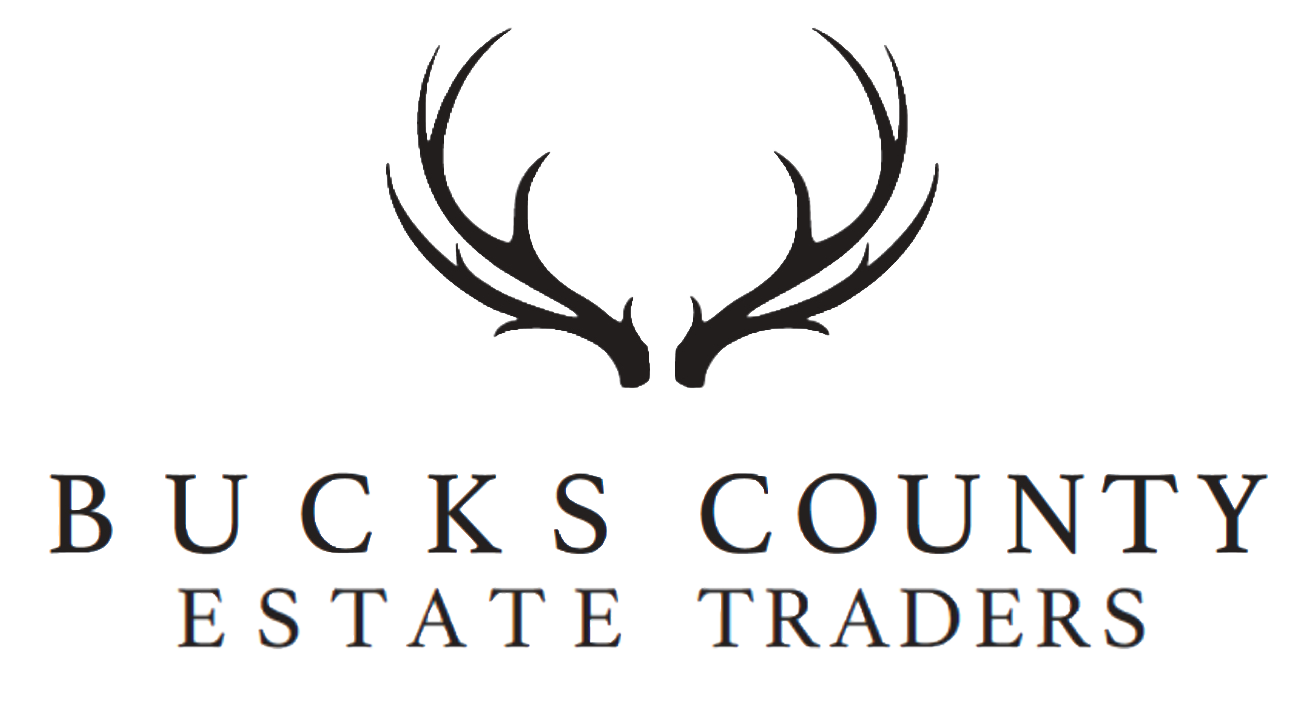
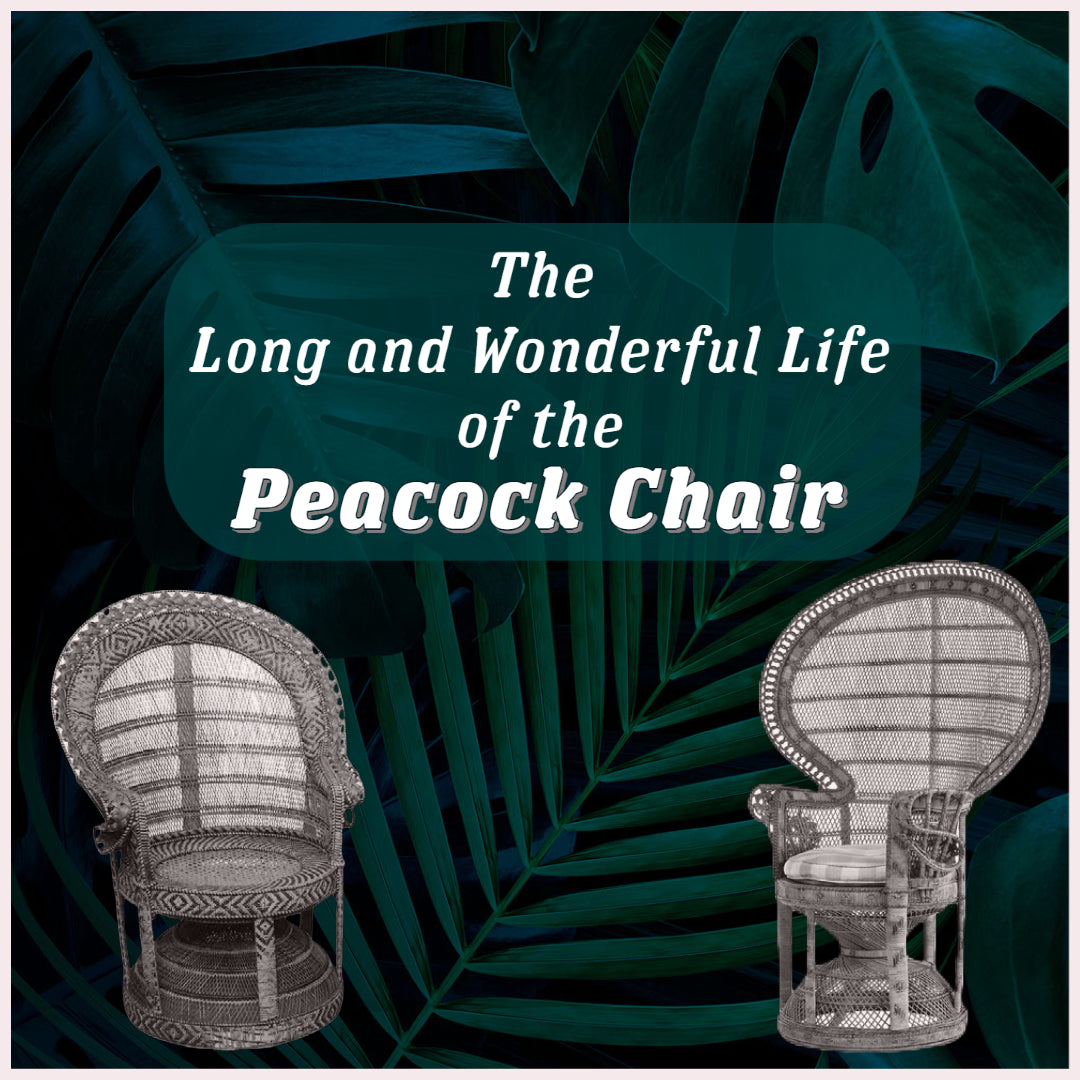
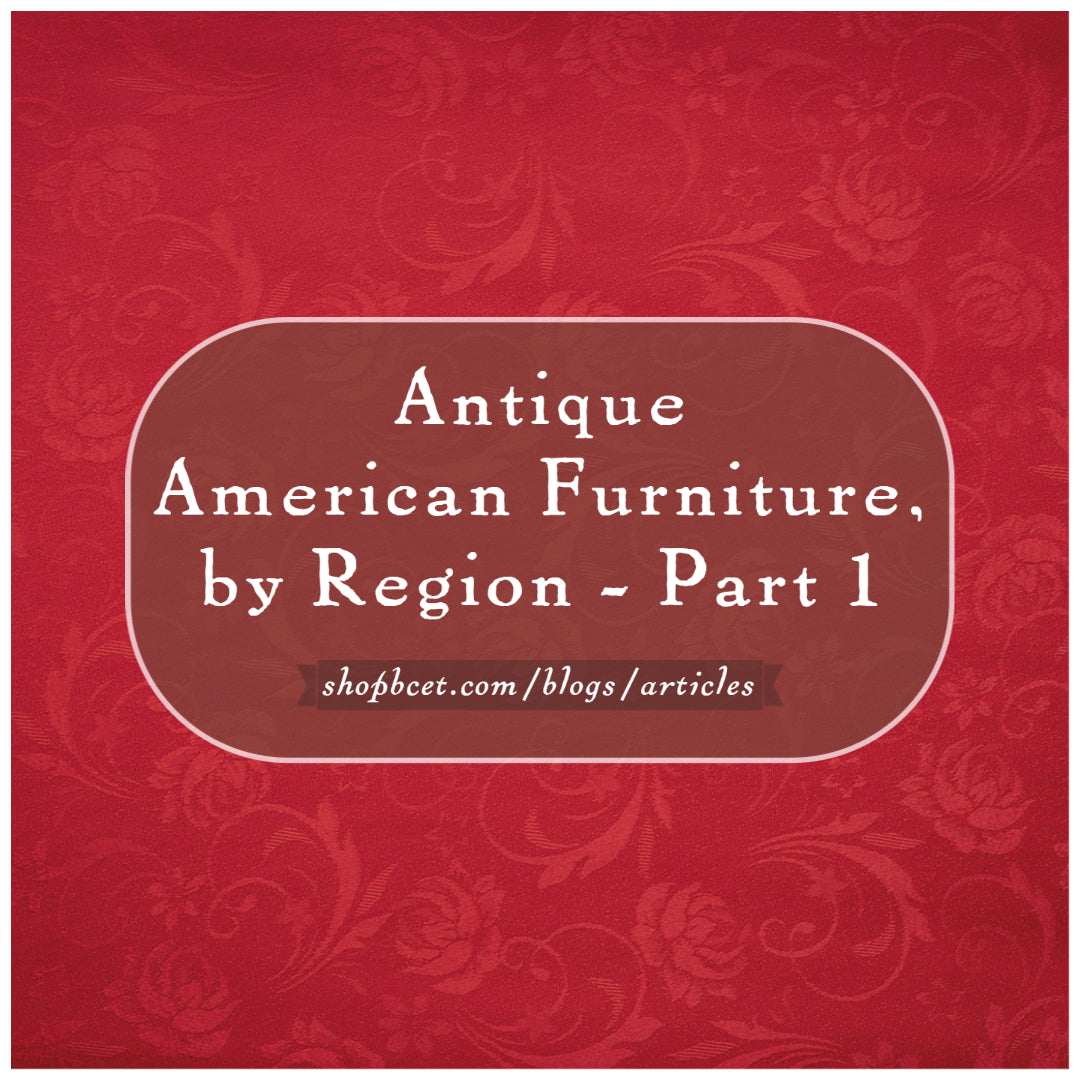
Leave a comment
This site is protected by hCaptcha and the hCaptcha Privacy Policy and Terms of Service apply.